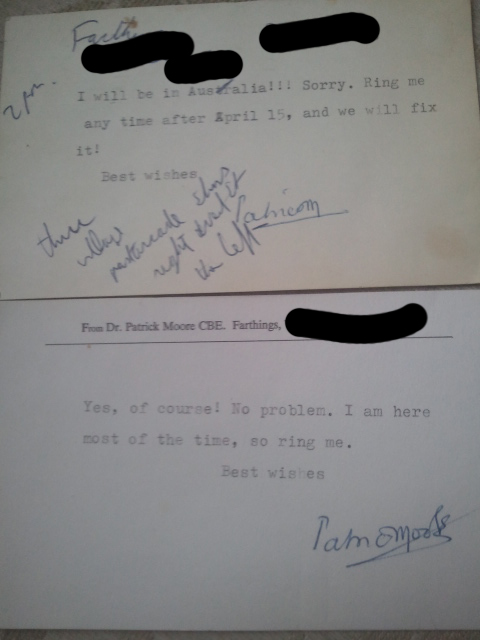I’ve felt a little rant bubbling up in me over the last few months: a sense of disquiet about digital, a jaded annoyance about wasted time and resources and opportunities squandered. Today I was reminded about an old project that was the epitome of digital idiocy, one of those thoughtless knee-jerk “we must have an app!” projects that make me want to throw a toddler tantrum, kicking and screaming “but who is it for?” until someone agrees to at least do a bit of audience research or string together a minimally viable set of objectives. And that reminder seems to have brought it all to the surface, so here goes.
I am fed up of seeing people and organisations produce digital rubbish: poor apps, clunky games, badly designed microsites and other half-arsed online, mobile and technological systems and whatnots. I am fed up of people who are smart about digital, who think about users, who ask the right questions at the start, who embrace technology without fear and understand how to apply it, being over-ruled by people who’ve just bought an iPad for their kids and now assume that everyone has them and that this is all the justification they need to insist upon spending £50k on a new app for their organisation (an app for who?! For what?!). Moreover, I am fed up of projects that fail being brushed under the carpet, with no evaluation or debrief that enables everyone involved to learn from mistakes and build something better the next time.
It makes me sad to see money and time being wasted, when it’s usually avoidable, and even more so if nothing is then learned from this. It makes me especially sad, because the technology we have available to us today is AMAZING. My phone is able to do astonishing things and the computers I use have incredible firepower (I still remember how exciting it was to get a floppy disc drive for my BBC micro, now look at them!). It feels like there is so much potential and so much more that the technology we have could allow us to do.
It’s not like there aren’t enough examples of brilliant products, apps, games, and other applications of these technologies out there to learn from. Too many to list. But many many many more that have been an utter waste of everyone’s time from the beginning because they just didn’t ask some basic questions about who and what their product was for, and test it with that in mind along the way. Isn’t that a bit sad?
I know it’s not easy. That there is a degree of luck in rising above the huge amounts of competition online or on on the app store, that things beyond your control can go wrong during the development of a project, and that there are some times you need to go on your gut instinct, and that’s not infallible. Goodness knows I’ve made every kind of mistake creating digital things over the years, as have most people working in this constantly changing field. And I will continue to make mistakes, as will most people etc.
So I’m not claiming there is a perfect process, but there are better and worse ones, and there are definitely massive howling alarm-bell-ringing clangers that should be sending up the red flag right from the start. The “we need an app, never mind who for”, the “we’ve got all this content, let’s just stick it online, people will come to us”, “let’s create a whole new portal for something that already exists”, and so on. And sometimes it feels like we aren’t moving on from this, these whack-a-mole stupidities keep popping up over and over again and just will not die.
Why is that? In a recent conversation with a fellow person-who-works-somewhat-indeterminately-within-“digital” we discovered we’d both been feeling this slight ennui with the field. This sense that it wasn’t meeting its potential, that a lot of rubbish was being made, and that it was hard to see how to make things better. We wondered if it it might be that digital is constantly being driven by the hardware makers, by Apple and console or computer companies and that their vested interest in creating new stuff for us to buy means we’re always just playing catch up. Why do we let this dictate the pace? Where is the chance to take stock and develop best practice?
My experience as a freelancer over the last few months, applying for funding and responding to ITTs, has also been eye-opening. The systems and funding in place for making digital stuff are really broken. If you were trying to design a process that would result in crappy digital products, you’d make people (who may not be particularly digitally literate) scope everything out and pin it down before they’d ever been able to build anything or ask their audience about it, only then engage an agency who are the real experts but can’t change the scope, and then make the project team go through a month long change request process if they want to develop the project in a different direction from the scope based on the evidence as they start building and testing things. Which is exactly the process in place in a frighteningly high number of places. The old models for procuring new infrastructure etc just do not work for digital projects, and it’s hamstringing them from the very start.
Plus money, of course. Not enough money, or not tailoring the project to the actual budget available. I’ve had this rant elsewhere. I seem to spend a lot more time these days telling people not to make a digital thing. Would it work just as well as a piece of text? As a printout? As a physical activity? Or a really simple website? Don’t overreach if you just can’t afford it, do something straightforward and proven.
But at the same time I love working on and seeing others working on brilliant digital projects. The reach you can get, the amazing response in terms of both scale and thoughtful quality, the sense of shared global experience, the playfulness and the utility, when done well. So, how do we do more of these?



